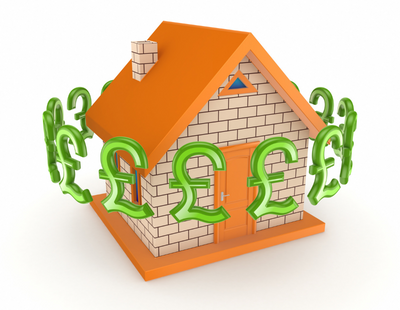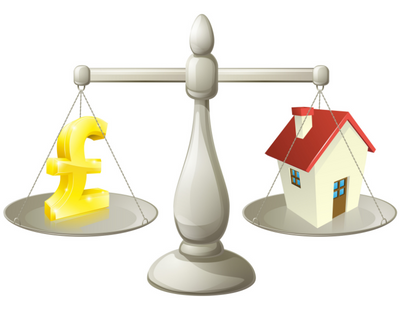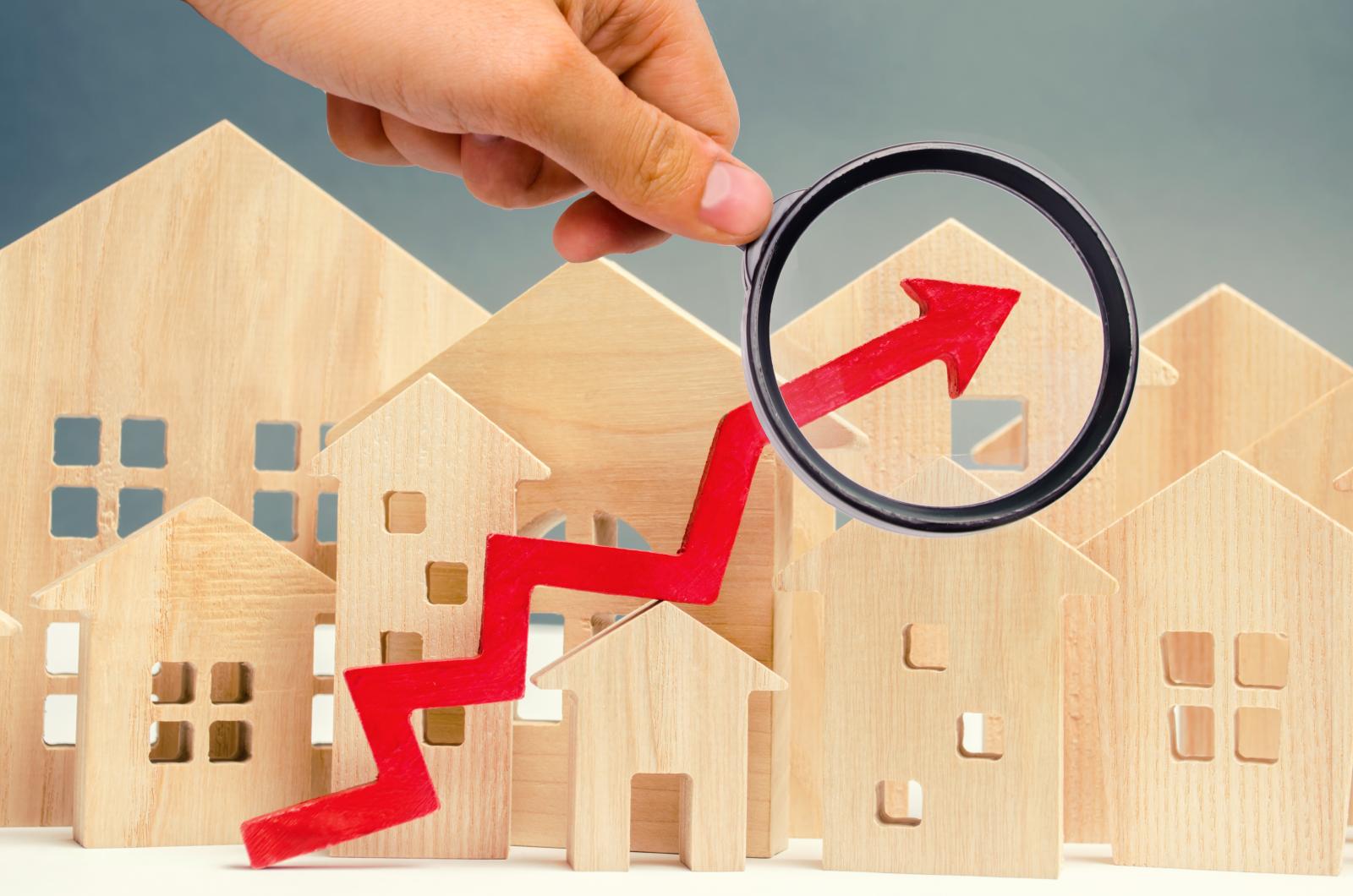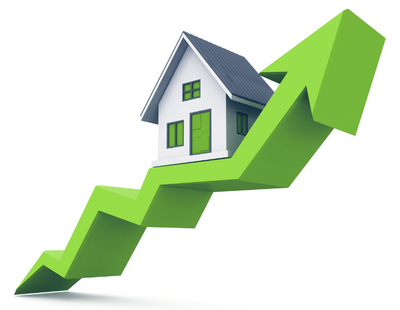At a national level, average UK house prices grew by 20.4% between January 2020 and December 2022, up by £48,620, from £237,895 to £286,515, Halifax said.
For comparison, in the three years prior, average house prices grew by just 7.8%, or £17,158.
Wales saw the strongest house price growth of any UK nation or region over the past three years, rising by 29.3% from £168,101 to £217,328.
In cash terms, the South East of England saw the biggest jump, up by £69,224 or 21.3% from £325,448 to £394,672.
The surging demand for larger homes meant that by the start of 2021, annual growth for detached homes had jumped to 9.2%.
Fuelled further by cuts to Stamp Duty, across the UK, the average price of a detached home rose by 25.9% or £93,345 between the start of 2020 and the end of 2022, according to Halifax.
This compares to just 8.8% or £28,757 in the three years prior.
Looking at the pace of growth, Wales saw the strongest house price inflation for detached houses over the last three years, up by around a third.
In cash terms, five UK regions – Eastern England, Greater London, South East, South West and West Midlands – saw the average price of a detached property rise by more than £100,000, according to the research.
In contrast, the average price of a flat increased by 13.3% between the start of 2020 and the end of 2022.
However the capital saw the average price of its flats grow by just 3.8%. Even with an expensive starting point, that translates to just a £9,996 increase – the weakest price rise of any property type across all regions and nations over the last three years.
In contrast, the North West of England saw prices for flats jump by £24,293 or 23.5% over the same period.
Semi-detached and terraced houses also saw their average value increase by 23.1% and 21.1% respectively over the past three years.
In both cases Greater London saw the biggest increase in cash terms, up by £90,076 for semi-detached and £69,094 for terraced homes.
The strongest rate of growth since the start of 2020 for semi-detached houses came from the South West at 30.8% and was in the North East for terraced homes at 32.1%.
Kim Kinnaird, mortgages director at Halifax, said: “The pandemic transformed the shape of the UK property market, and while some of those effects have faded over time, it’s important we don’t lose sight of the huge step change seen in average house prices.
“Heightened demand created a much higher entry point for bigger properties right across the country, and that impact is still being felt today by both buyers and sellers, despite the market starting to slow overall.
“Taking detached houses as an example, average prices remain some 25% higher than at the start of 2020. Even if those values were to fall by 10%, they would still be around £50,000 more expensive than before the pandemic.”
Commenting on the figures, Tom Bill, head of UK residential research at Knight Frank, said: “People were leaving London long before the pandemic due to affordability pressures in the capital. The pandemic turbo- charged this levelling-up process for UK house prices, although demand was initially skewed towards more picture-postcard locations and larger properties.
“Broadly speaking, more affordable parts of the country have seen stronger house price growth, closing the gap with London. As the gravitational pull of cities grows and buyers reassess their workplace/home balance, property prices in overlooked and far-flung parts of UK commuter belts will benefit.”
















.png)


.png)




Join the conversation
Be the first to comment (please use the comment box below)
Please login to comment